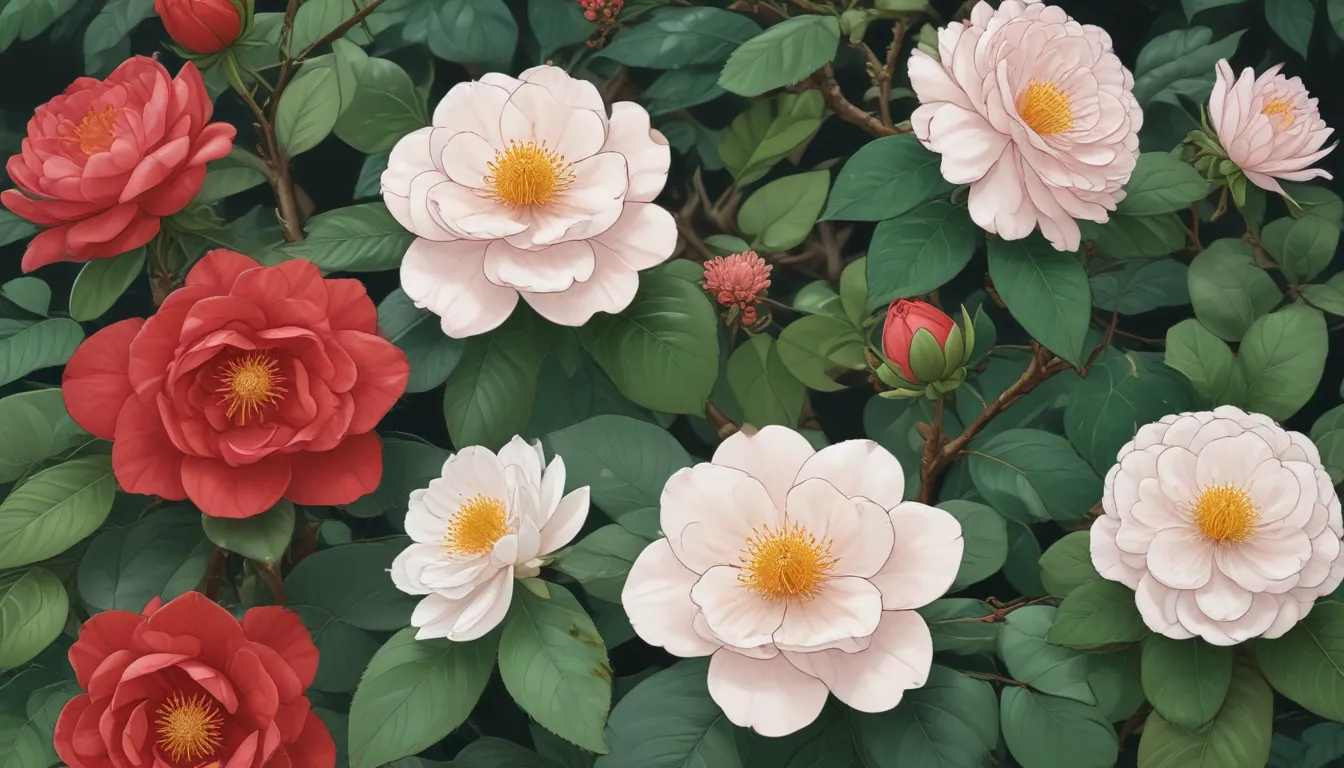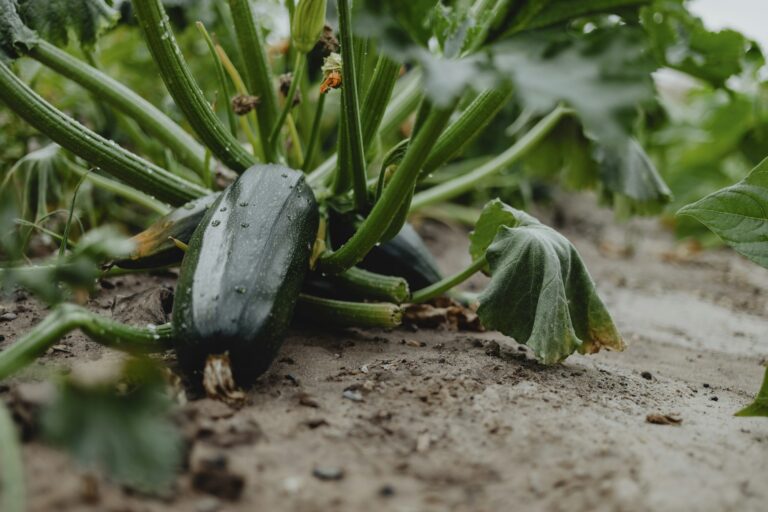Complete Guide to Identifying and Managing Bud Mites on Camellia Plants

Are you a gardener who loves to surround yourself with the vibrant colors of blooming plants? If so, you probably appreciate camellias for their beautiful flowers that add a touch of elegance to your garden. But what happens when those colorful blossoms fail to make an appearance? It can be quite frustrating, especially when bud mites are to blame.
These tiny pests, invisible to the naked eye, can wreak havoc on your camellia plants by causing browning, falling buds, and ultimately, a lack of flowers. The good news is that with the right knowledge and strategies, you can effectively manage bud mites and protect your plants from their damage.
In this in-depth guide, we’ll walk you through everything you need to know about bud mites on camellia plants. From understanding what these pests are to implementing control and prevention measures, we’ve got you covered. So, grab your gardening tools and let’s get started!
What You’ll Learn
Here’s a preview of what you can expect to learn in this comprehensive guide:
- What Are Bud Mites?
- Bull-Nosing
- Symptoms
- Control
- Prevention
- Other Mites to Watch For
You don’t need a microscope to tackle these pesky pests. Armed with the information in this guide and your trusty gardening tools, you’ll be well-equipped to protect your camellia plants from bud mites.
What Are Bud Mites?
Bud mites, specifically the Cosetacus camelliae species, are eriophyoid mites that target the buds of camellia plants. Despite their minuscule size, these pests can travel via wind or hitchhiking on various carriers such as birds, mammals, insects, or gardening tools.
While bud mite infestations are relatively rare, they can cause a phenomenon known as bull-nosing, where buds fail to fully open into flowers. The presence of bull-nosing could indicate an infestation of bud mites, among other factors like warm fall temperatures or excessive shading.
Bull-Nosing
Bull-nosing refers to the situation when camellia buds form but fail to open into flowers, either dropping off or remaining closed. Factors like bud mites or environmental conditions can contribute to this issue. Certain camellia cultivars, such as ‘Elegans,’ are more susceptible to bull-nosing.
Symptoms
Identifying bud mite infestations involves observing brown, drying buds with discolored scales, particularly on terminal and flower buds. While infested buds may fall off, some cultivars like ‘Ruffian’ and ‘Marie Bracey’ may exhibit browning even without pests, making diagnosis challenging.
Additionally, bud mite damage can slow bud formation and delay blooming, with symptoms typically appearing on outer terminal buds. Differentiating between pest-induced symptoms and other causes can help determine the appropriate course of action.
Control
To manage bud mites effectively, start by removing symptomatic growth and disposing of it to eliminate larvae and adults residing in the buds. Soil cleanup, beneficial nematode application, water spraying, and horticultural oil treatment are key control strategies to combat bud mite infestations.
Beneficial nematodes like Triple Threat Beneficial Nematodes can target soil-dwelling adults, while horticultural oils like Bonide’s All Seasons Spray can smother mites without causing resistance build-up. Regular plant spraying and proper timing are essential for successful mite control.
Prevention
Although preventing bud mites entirely may be challenging, maintaining plant health and vigilance can aid in early detection and intervention. Regular plant checks and overall garden health promotion are crucial for minimizing the risk of bud mite infestations.
Other Mites to Watch For
Apart from bud mites, camellia plants may also face threats from mite species like Southern red, broad, tea red, and two-spotted spider mites that cause leaf yellowing and bronzing. Pruning, water spraying, and introducing beneficial predators like ladybugs and green lacewings can help manage these mite populations.
Conclusion
Don’t let bud mites rob your camellia plants of their magnificent blooms. By understanding these pests, recognizing their symptoms, implementing effective control measures, and fostering a healthy garden environment, you can safeguard your plants from devastating infestations.
Remember, prevention and early intervention are key to protecting your camellias from bud mites and other mite threats. So, arm yourself with the knowledge shared in this guide and take proactive steps to keep your garden vibrant and thriving.
Have you encountered bud mites or other mite species in your garden? Which control methods have you found most effective? Share your experiences and insights in the comments below!
If you’re looking for more guidance on growing and caring for camellias, check out our additional resources:
- How to Grow Camellias in Containers
- How to Identify and Deal with Leaf Gall on Camellias
- How to Protect Camellias from Winter Cold Damage
With this wealth of information at your fingertips, you’ll be well-equipped to nurture your camellia plants and enjoy their exquisite beauty year-round.
*





